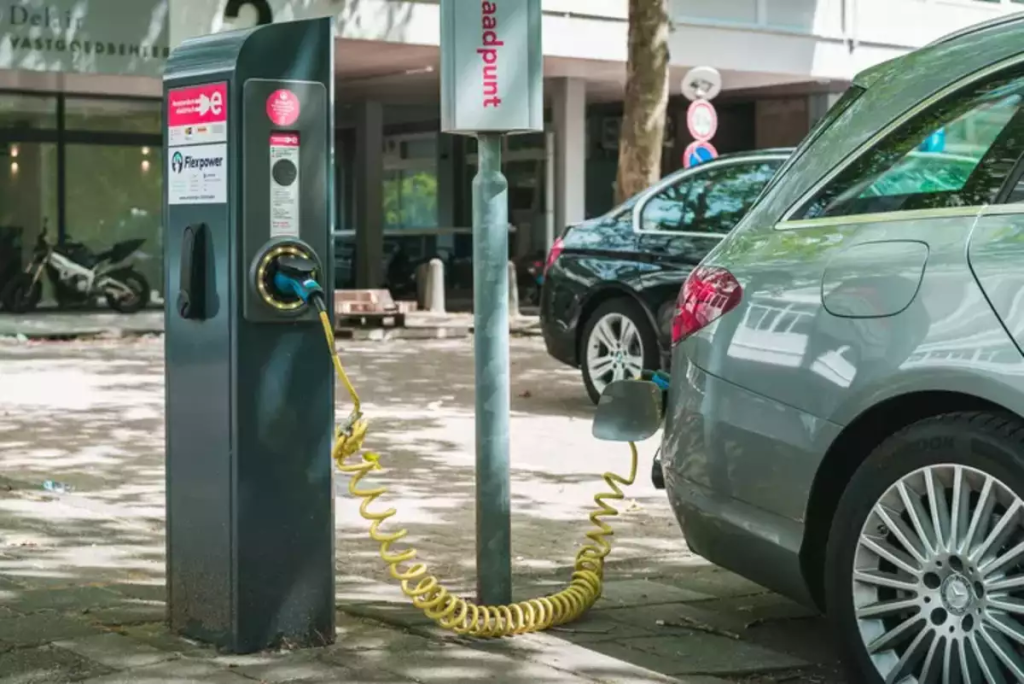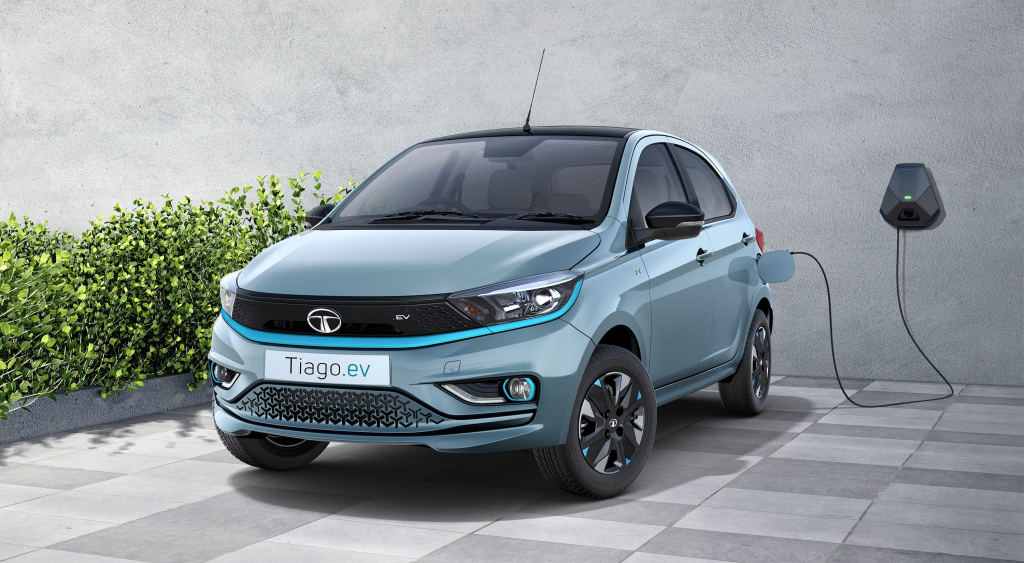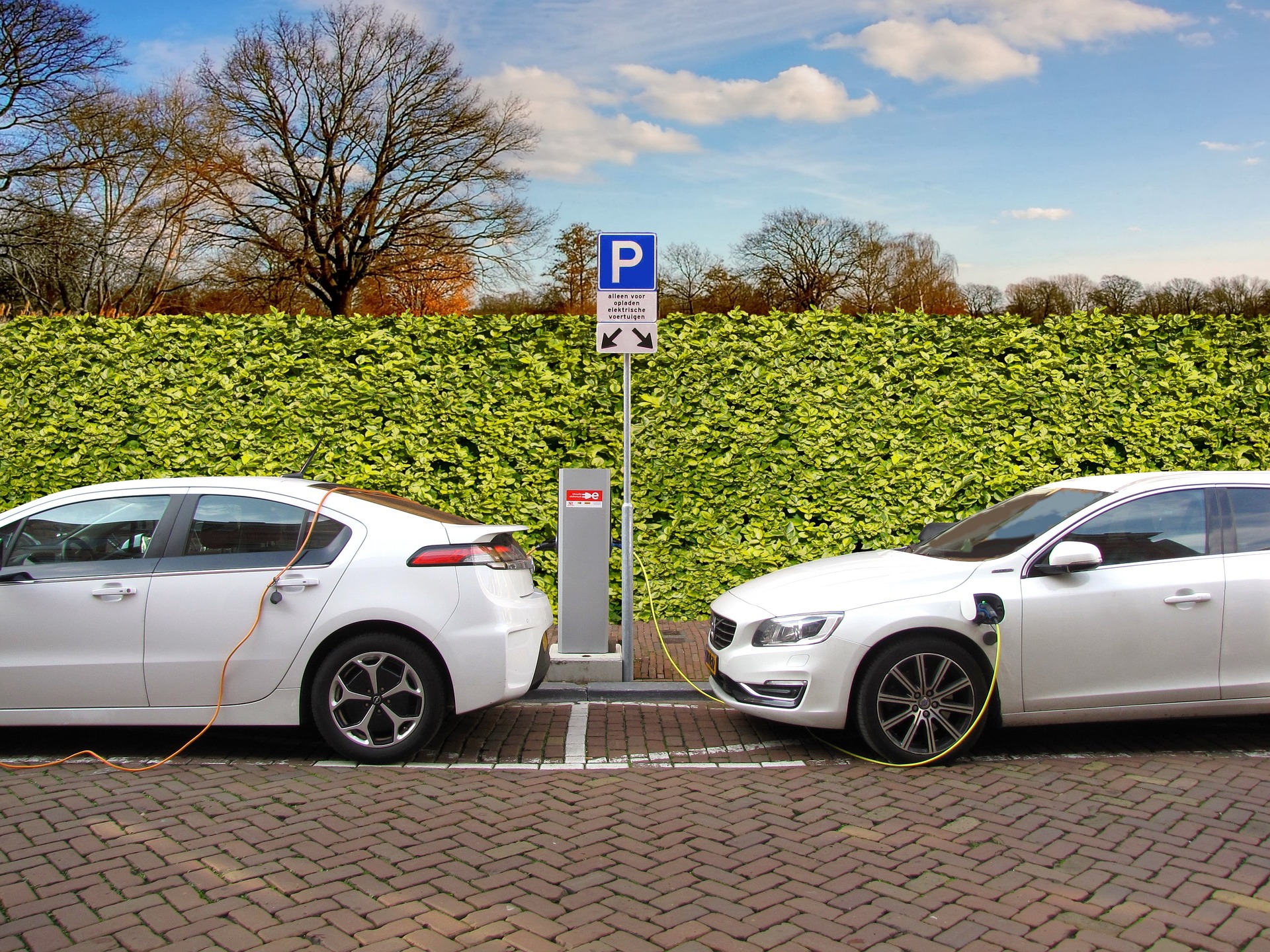EVs and their acceptance in the Sub-continent
- November 3, 2022
- Business & Tech
The rate of increase in gasoline costs is worrying. Recent years have seen a sharp increase in car pricing as a result of the BS6 update and various unforeseen expenses. Consumers have been somewhat pushed to explore options due to the numerous developments. Realistically, battery cars are the best option to replace fossil fuels. The state of things has strengthened as more automakers embrace EVs. Tata, Hyundai, and MG Motors are just a few of the companies competing for customers’ attention. The million-dollar question, though, is whether it is currently a good time to purchase a battery-operated personal vehicle in India.
The demand for EVs has prompted a plethora of fresh companies and established companies in the automotive and renewables sectors to suggest alternatives for the e-mobility network, whether it be to produce automobiles, put cells together, or construct charging points, among other things. On the surface, the preference for electric vehicles over those powered by internal combustion engines is a genuine effort to tackle the issue of road pollutants.
Further than the surface, the EV industry in India and elsewhere in the globe isn’t particularly environmentally friendly. It is insufficient to just move from gasoline to electricity. These problems include finding the energy needed to fuel these cars, getting uncommon planet materials for the cells, and repurposing and renewing them.

EVs and opinions around it
According to the NITI Aayog, 40% of buses, 80% of two- and three-wheelers, as well as 30 to 70% of cars would be fully battery-powered in India by 2030. As the country works forward into its “Zero-emission” 2070 goal, finances and attention are focused on electrical vehicles. Nitin Gadkari, the Minister of Road Transport and Highways, remarked in the House in March 2022 that the number of two-wheeler electric vehicles (EVs) increased by 422% during 2019-2020 and 2020-2021, three-wheelers by 75%, and four-wheelers by 230%. Additionally, almost 1,200% more EV buses are now on the road.
There are currently several obstacles in India’s path to a purely powered by batteries environment, including excessive costs, poor infrastructures, and a dearth of high-performing EVs. The prices of electric 2 and 4-wheelers are frequently significantly greater than that of standard gasoline choices. This is the primary cause of the delayed uptake of battery-operated vehicles.

Policies and programs by the Government
The administration has been working to develop the country’s facilities for the production of cars fuelled by lithium-ion batteries, or quicker adaptation as well as assembly of blended and rechargeable autos. Additionally, there is a proposal for Petroleum Management Organizations to install 22,000 EV recharging outlets all over the nation.
A battery swapping program was introduced in the 2022 framework as a faster method of charging EVs. The administration also unveiled an Output Related Benefit program for carmakers, a portion of these tries to increase the productivity of EVs.
Nitin Gadkari, the Union Transport Minister, declared that the Central Administration intends to see 30% of personal vehicles sold as electric mobility (EVs) by 2030 during a digital conference hosted by the trade association FICCI in October 2021. He added that India may reduce its use of oil fuel by roughly 156 million tonnes, or Rs 3.5 lakh crore if EV adoption hits 40% in the two- and four-wheeler categories and almost 100% for buses by 2030.
Similar to this, the Council on Energy, Environment, and Water (CEEW), a Delhi-based non-profit, asserted in its Nov 2020 study that the effect may be considerable if EVs make up 30% of India’s total automotive sold by 2030.

Economic Benefits of EVs
India would end up saving total money on imported oil of Rs 1,07,566 billion as a result of the decline in oil consumption from the public auto transportation system (USD 14.1 billion). Additionally, compared to BAU [business as usual], a 17% drop in particulates and NOx pollutants, an 18% decline in CO2 emission levels, and a 4% fall in GHG pollution can be anticipated.
In addition to producing 1,20,000 new jobs in the sector, EV uptake could boost the industry’s size for powertrain, batteries, and universal charging stations to above Rs 2 lakh crore. Despite the overly hopeful nature of these numbers, they demonstrate the enormous prospective gains that Indians might realize by switching from gasoline engines to the battery-powered equivalent.

EVs for the citizens
More than 60% of people think an EV is out of their price range. The expensive management prices are mostly caused by a shortage of essential utilities. In India, there are over 65,000 gas points, but just 1640 EV charging facilities. Only variations of the 2 and 4 wheelers that are now on the market that are powered by fossil fuels can be found in India. Supercars such as the Tesla or high-performance luxury variations have not yet entered the Indian marketplace.
The state is providing incentives for the purchase of battery-operated automobiles to encourage many customers to become EV owners. Those who purchase electric cars on loans are also eligible for a taxation deduction worth Rs. 1.5 lakh. Electric vehicle purchases are subject to a zero-percent GST.
Problems associated with EVs
Multiple issues could restrict Electric vehicles from becoming mainstream.
Issues related to electricity demand
The increasing chemical concentration of the energy generated from the electricity network weakens the advantages of powering the transportation sector. In comparison to petroleum and diesel-powered automobiles, the advantages of electric power would grow as the system’s potential for green power will increase and greenhouse gas decreases.
Upwards of 70% of India’s energy is produced using coal. The promotion of EVs results in increased power consumption. This defeats the goal of EVs in reducing air contamination because it will merely increase the harmful levels of pollutants from thermal power and energy stations.
Social issues
Tailpipe emissions may be declining in cities like Delhi. However, what happens to the residents of the coal-mining regions of Jharkhand, Chhattisgarh, and Madhya Pradesh, as well as people who live close to thermal power plants, for whom wellbeing is negatively impacted by the severe air contamination brought on by these actions? We are pushing people to dig and heat more coal because of the increased demand for energy brought on by EVs, which will result in increased carbon emissions by coal-based power generators, major medical problems, and other associated issues.
The switch to greener fuels, especially solar energy, is the answer to this growing need. To increase the amount of electricity generated by photovoltaic systems, it is necessary to solarize landholdings that are accessible in towns or at the intake hub, as well as roadways, federal buildings, transport hubs, and rapid railway lines and terminals.
Electricity-producing coal-fired generators must install cutting-edge pollution abatement technologies to carefully regulate the discharge of particulates and other contaminants. Although this is not ruled out, recent data shows that energy plants have a surprising lack of adherence.
Economic issues
Examining the li-ion system at the core of electric vehicles (EVs) offers more opportunities for sustainable development in this area. Given that Indian OEMs are reliant on foreign suppliers for lithium batteries, these units are primarily built, rather than fabricated, in India. But to incentivize Indian businesses to promote local cell development, the Govt. Of India in May 2021 unveiled an Rs 18,100 crore production-linked incentive (PLI) scheme for the creation of Advanced Chemistry Cells (ACC).
The consequences associated with lithium cells on people and the ecosystem, however, are more worrisome. Electricity and moisture in enormous amounts are needed to recover crude ingredients, primarily lithium and cobalt. Additionally, there have been numerous reports of underage laborers being used in such sites to harvest uncommon planet metals like cobalt, which have been documented.
The greatest concern
The EV batteries have a finite lifespan regardless of the electrochemical solution, and we will eventually need to handle its disposal. We cannot dispose of these cells in the garbage. There isn’t an electrolytic mixture in existence that doesn’t contain some sort of poison. The fact that lithium, nickel, and cobalt are unavailable in the Indian sub-continent and must be imported is the only valid argument opposing their use. Whenever it refers to modern EVs, lithium is the component that performs the best. Long-term replacement won’t be possible.
A possible solution
However, with the development of alternate cellular chemicals like sodium-ion, this could shift. In addition to being 30–40% less expensive than Li-ion battery cells, sodium-ion tech has a myriad of benefits, including better accessibility (no more reliance on imported goods), quicker recharging times, and a smaller carbon footprint. Many firms are developing this technique, such as Sentient Labs in Pune and Sodion Energy in Coimbatore, Reliance Industries most recently acquired UK-based sodium-ion battery company Faradion for USD 135 million.
We need to identify components that are simpler to get and construct cells that are more modular if we want to expand EVs. The EV industry was compelled to consider sodium ions and alumina ions since they have a significant bearing on how sustainable such batteries will be produced.
Why EVs are highly sensible for India?
We have already been making the switch to clean energy. Since the price of renewable electricity including photovoltaics declined rapidly in the past five years, anthracite has begun to traverse critical periods. The process of creating 1 unit of primary energy today from renewables is less than Rs 2, but the typical cost of developing 1 unit of current by combustion processes in existing power plants is between Rs 3.5 and Rs 4. The median expense of producing 1 unit of energy at the modern lignite power plants that are currently being built and those that will be in the long term is not likely to be lower than Rs 6.

Despite mentioning all of that, India’s EV industry is continually developing and coming up with new ideas. And many of those ideas are created with consideration for financial motivations, even though it is our responsibility as users and onlookers to direct these discussions in the direction of guaranteeing long-term viability.
If you want to share anything on a topic you care deeply for, send us your submission. Here are the guidelines






